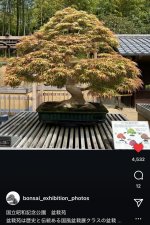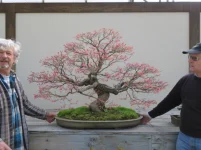@BrianBay9 I think you are missing the point. It's not about the value, it's about what a person likes and wants.
For example, I know I like the precise characteristics of the Beni Chidori cultivar, from leaf color to internode length, etc. If everyone starts selling trees as Beni Chidori that aren't actually that, I am not guaranteed to get what I know I like and want when I purchase the tree and start a long development journey with it. That's the issue with labeling -- it doesn't mean they aren't going to be beautiful trees, it just means you don't know what you are going to get and whether it's what you actually want.









